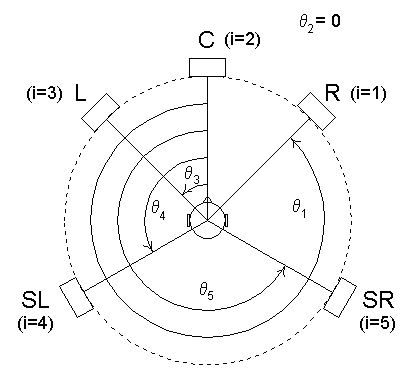

by James R. West
A Research Project
Submitted to the Faculty of the University of Miami
in partial fulfillment of the requirements for the degree
of Master of Science in Music Engineering Technology
Coral Gables, Florida
Spring 1998
This thesis was a little over 150 single-sided pages when printed. Even though each chapter below is on its own web page, some still take a while to download because of lots of embedded graphics. Note that Chapter 4: Listening Tests is divided into two web pages, so be sure not to skip the second one. Please direct any questions/comments to jwest@digidesign.com. Enjoy.
Physics
Sensation
Perception
Psychophysical Magnitude: Psychophysical or Perceptual Measurement?
The Auditory Event
Coordinate SystemHuman Localization Performance
Spatial Hearing TheoryEvolutionary Views on Hearing
Early Theories
HRTF Theories
Motional Theories
Interaural Envelope Time Shift Theories
Spatial Cues to Auditory Stream Segregation
Room-Related Effects on Localization
Chapter 3: IID-based Panning Methods
Rationale for IID-based Panning
Criteria for Evaluating Pan pots
Panning LawsConstant Gain Optimization
Constant Power Optimization
Velocity and Energy Vector Optimization
Azimuthal Harmonic Optimization
Purpose
Scope and Limitations
Experiment Outline
Signal Selection and Presentation
Experimental Set-up
Expectations
DirectX Audio Plug-In Concepts
Implementation Constraints
Specification of Features
Object-Oriented Design
Using the Pan pot Plug-in
Summary
Interpretation
RecommendationsListening Test Design Changes
Panning Algorithm Development
Implementation Improvements
Appendix A: Intensity and Loudness Measures of Sound
Jim West, University of Miami, Copyright 1998